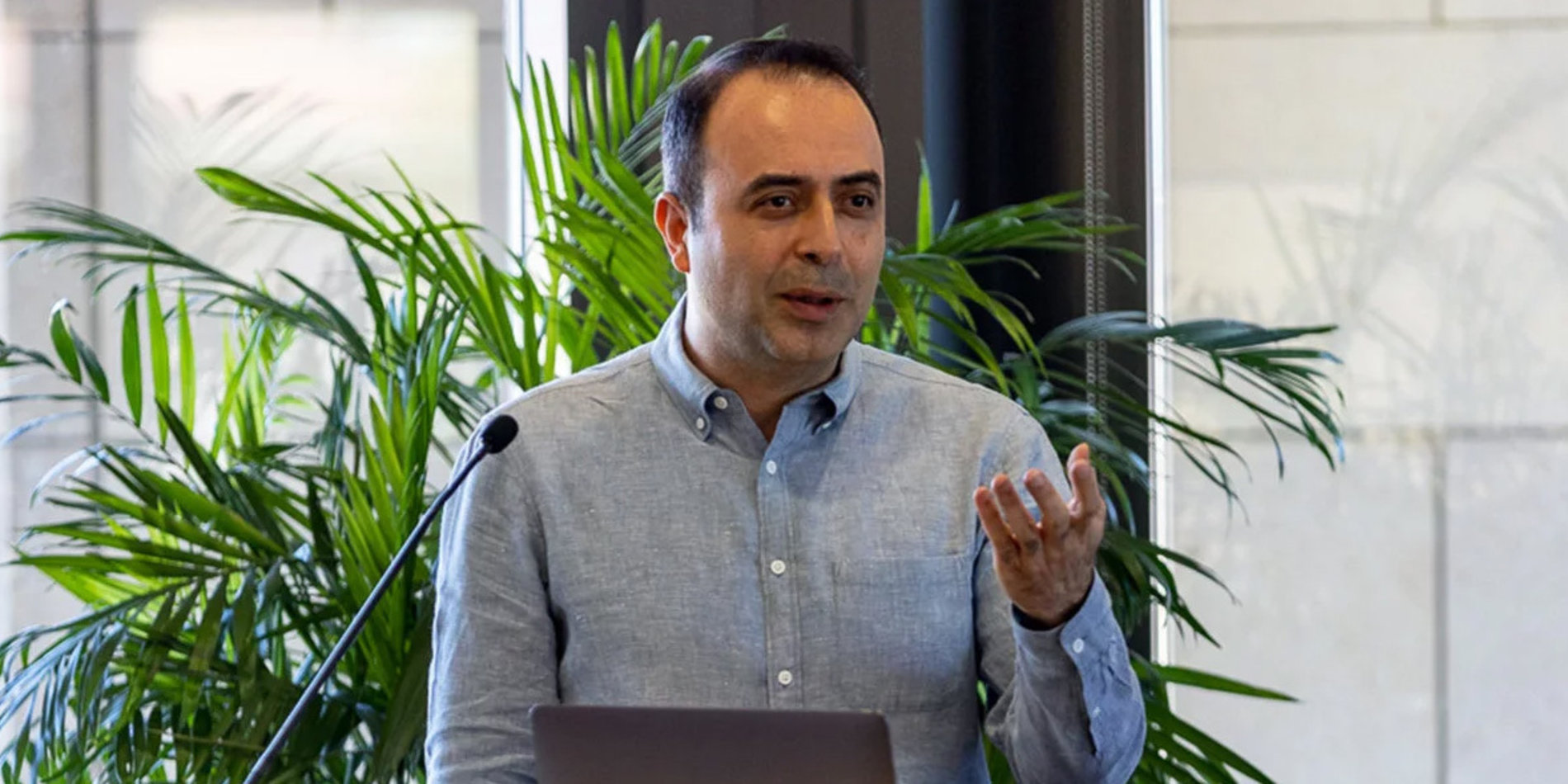How technology and organizational design affect routines
As technologies become more human-like, how will they affect the routines and operation of organizations?
This is the question MS&E postdoctoral researcher Jen Rhymer and colleagues discuss in their recent paper in Academy of Management Review. Rhymer and co-authors also appeared on Academy of Management Review's Origins Series podcast to discuss their work. Watch the video below, or listen to the podcast here.
Abstract
Organizations are increasingly deploying technologies that have the ability to parse through large amounts of data, acquire skills and knowledge, and operate autonomously. These technologies diverge from prior technologies in their capacity to exercise intentionality over protocol development and/or action selection in the practice of organizational routines, thereby affecting organizations in new and distinct ways. In this article, we categorize four forms of conjoined agency between humans and technologies: conjoined agency with assisting technologies, conjoined agency with arresting technologies, conjoined agency with augmenting technologies, and conjoined agency with automating technologies. We then theorize on the different ways in which these forms of conjoined agency impact a routine’s change at a particular moment in time as well as a routine’s responsiveness to feedback over time. In doing so, we elaborate on how organizations may evolve in varied and diverse ways based on the form(s) of conjoined agency they deploy in their organizational design choices.


